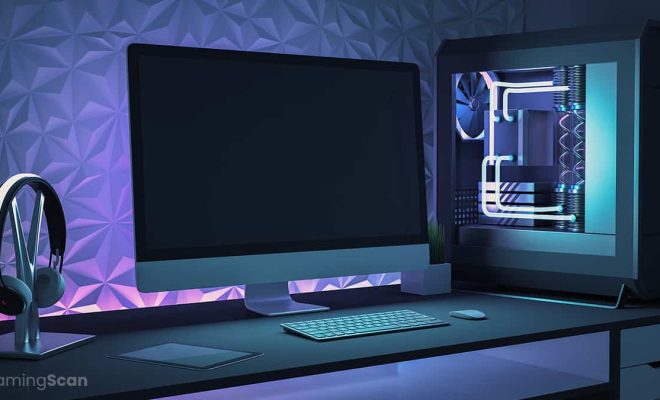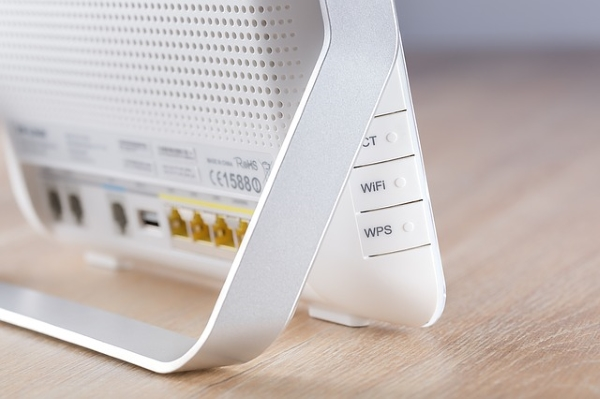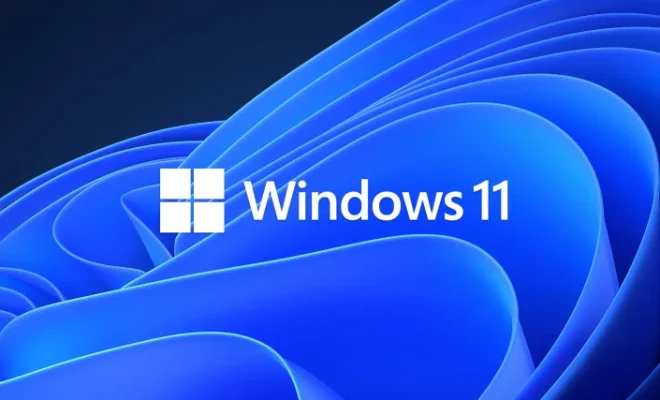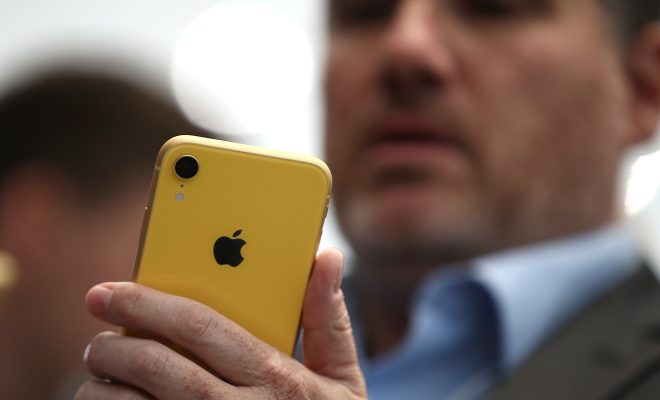Best Ways to Fix the “Windows Operating System Not Found” Error

When starting up your computer, the last thing you want to see is an error message like “Windows operating system not found.” This can be a worrying message to encounter because it may seem like you’ve lost access to everything on your computer, but there are some simple yet effective ways to fix the error.
In this article, we’ll discuss some of the best ways to fix the “Windows operating system not found” error.
- Check the Boot Order in BIOS
The first thing you should do when encountering this error is to check the boot order in your computer’s Basic Input/Output System (BIOS). The boot order determines which devices the computer uses to boot up, and if the order is incorrect, your computer may not be able to locate the operating system.
To check the boot order, restart your computer and press the key prompted on the screen to enter BIOS, usually F2, F10, Delete, or Esc. Once you’re in BIOS, look for the Boot tab or section, and ensure that your hard drive is listed as the first boot device. If it’s not, change the boot order to prioritize the hard drive and press F10 to save changes and exit the BIOS.
- Repair the Master Boot Record (MBR)
The Master Boot Record (MBR) is a critical part of your computer’s boot process, and if it becomes corrupted, your computer may not be able to locate the operating system. To repair the MBR, you’ll need to use the Windows installation disc or a bootable USB drive.
Insert the installation disc or USB drive and restart your computer. Press the key prompted on the screen to enter the Boot menu, and select the installation disc or USB drive. When the Windows Setup screen appears, select your language preferences, and click on “Next” to proceed.
Next, select “Repair your computer,” and choose “Troubleshoot” from the options. Select “Command Prompt,” and in the command prompt, enter the following commands:
bootrec /fixmbr
bootrec /fixboot
bootrec /rebuildbcd
Press Enter after each command, and wait for the process to complete. After you’ve entered the last command, close the command prompt and restart your computer.
- Use Automatic Repair
If repairing the MBR doesn’t work, you can try using Automatic Repair to fix any issues with your computer’s startup process. To use Automatic Repair, you’ll need to use the Windows installation disc or a bootable USB drive.
Insert the installation disc or USB drive and restart your computer. Press the key prompted on the screen to enter the Boot menu, and select the installation disc or USB drive. When the Windows Setup screen appears, select your language preferences, and click on “Next” to proceed.
Next, select “Repair your computer,” and choose “Troubleshoot” from the options. Select “Advanced options” and then “Automatic Repair.” Follow the on-screen instructions to allow Automatic Repair to run.
After the process is complete, restart your computer and see if you can now access the operating system.
- Reinstall Windows
If none of the above methods work, you may need to reinstall Windows. This will erase all of your data, so it’s important to back up any important files before proceeding.
To reinstall Windows, you’ll need to use the Windows installation disc or a bootable USB drive. Insert the installation disc or USB drive and restart your computer. Press the key prompted on the screen to enter the Boot menu, and select the installation disc or USB drive. When the Windows Setup screen appears, select your language preferences, and click on “Next” to proceed.
Select “Install Now” to begin the installation process. Follow the on-screen instructions to complete the installation. Once the installation is complete, you’ll need to reinstall any programs and restore your data from the backup you made earlier.






